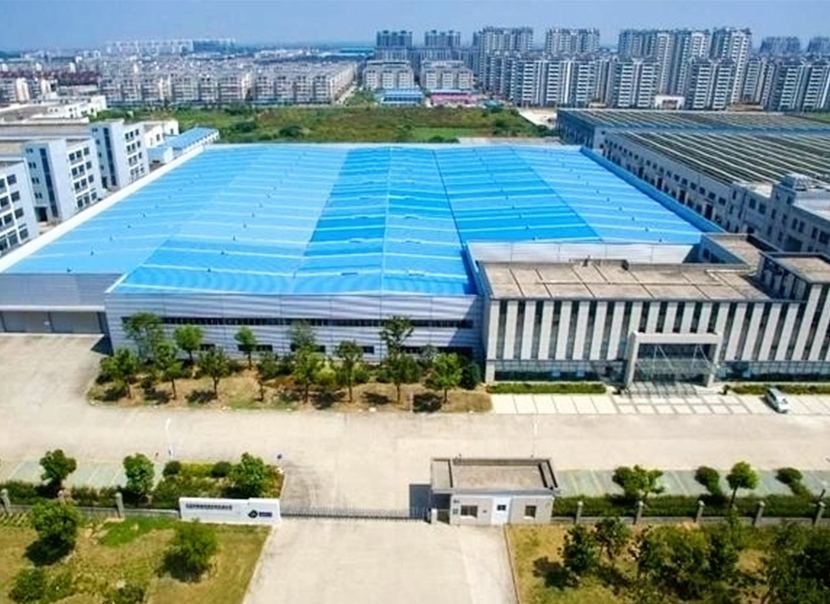Email: [email protected]
In a spaghetti production line, the drying process begins with the careful regul...
READ MORE
Nantong Chang Hao Mechanical Manufacturing Co, Ltd. is a modern science and technology enterprise integrate R&D, design, manufacture, sales, service and import & export business.As a famous China Spaghetti Production Line Factory and OEM/ODM Spaghetti Production Line Suppliers , We have a fried instant noodle production line, a non-fried noodle production line, specialty noodle production line, short cut pasta and spaghetti production line, rice & bean/potato vermicelli production line, rice noodle production line and snack noodle production line, with more than 30 varieties of products.
Since the establishment of the company, nearly one hundred production lines of various types have been exported to dozens of countries and regions in Europe, North America, South America, the Middle East, Southeast Asia, and Africa. Excellent quality and after-sales service have been recognized and appreciated by customers at home and abroad.
Our company has successively reached a strategic partnership with Uni-President Enterprise and the Swiss Buhler Group, the cooperation with the world's top groups has brought high-end equipment manufacturing standards and specifics to our company, and also become the basis for our company to enhance the international competitiveness of our products. important support.
In more than 20 years of development, Nantong Changhao's technical team has worked tirelessly. continuously innovated, and kept improving. The advanced technical equipment designed and developed has successively obtained national high-tech enterprise certification, CE certification, and several patent certificates.
In a spaghetti production line, the drying process begins with the careful regul...
READ MORETime-Temperature Control System: The cooking process in a quick cooking noodle p...
READ MORESeamless Workflow Integration: The packaging system is carefully designed to int...
READ MORERegular Cleaning: The entire rice noodle production line, which includes the mix...
READ MOREThe extrusion process begins with a dough mixture, composed of semolina or durum...
READ MORE